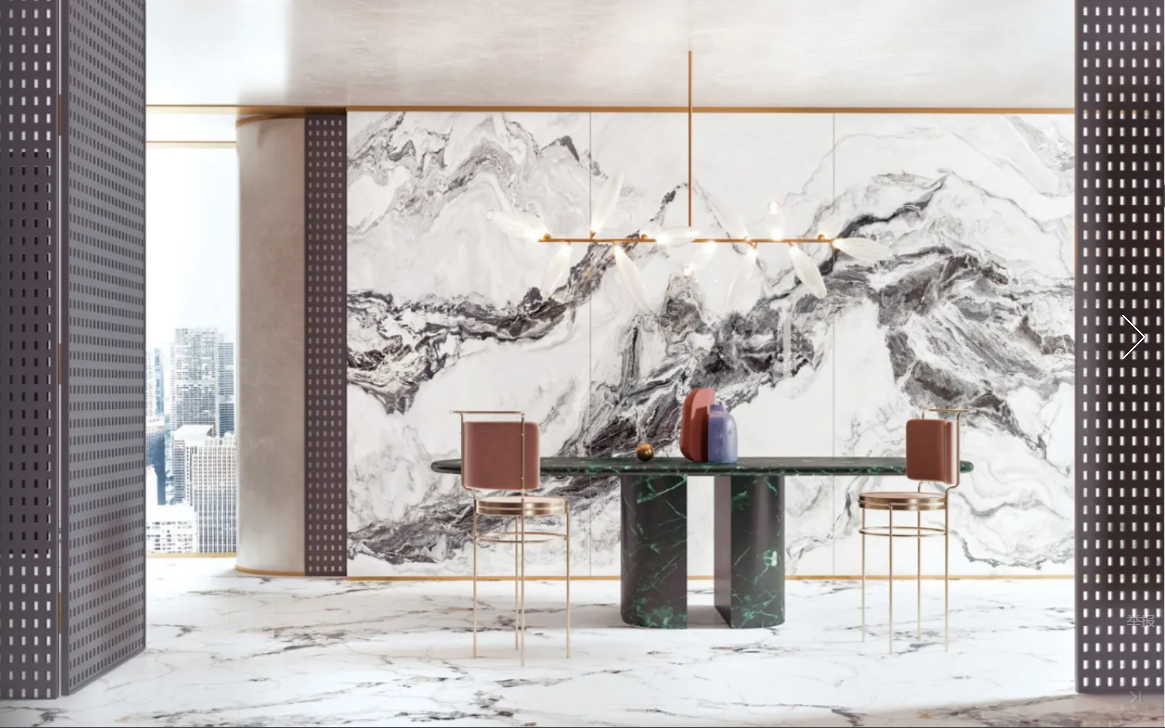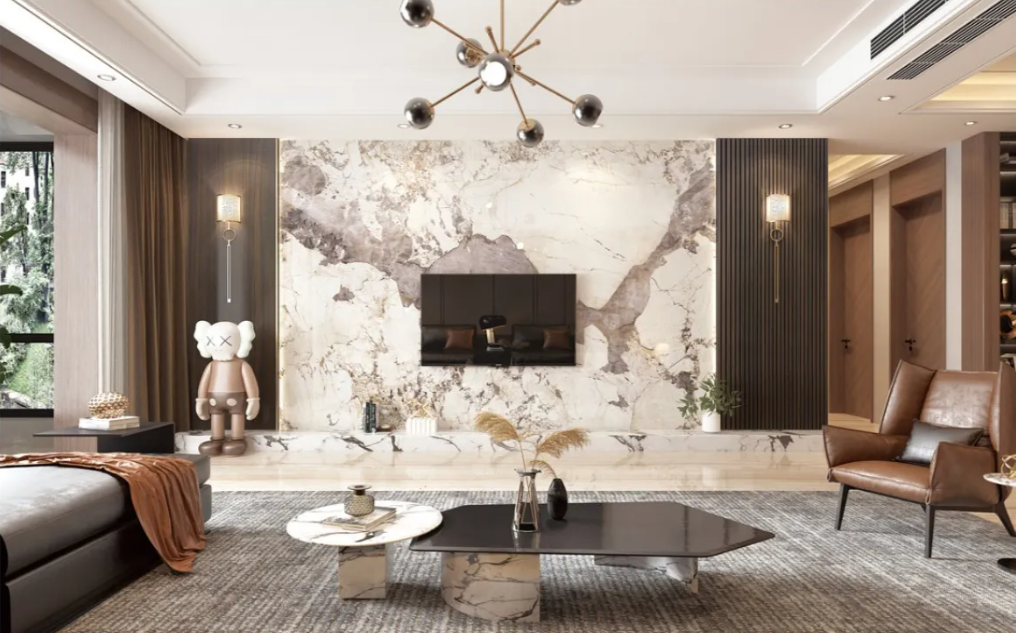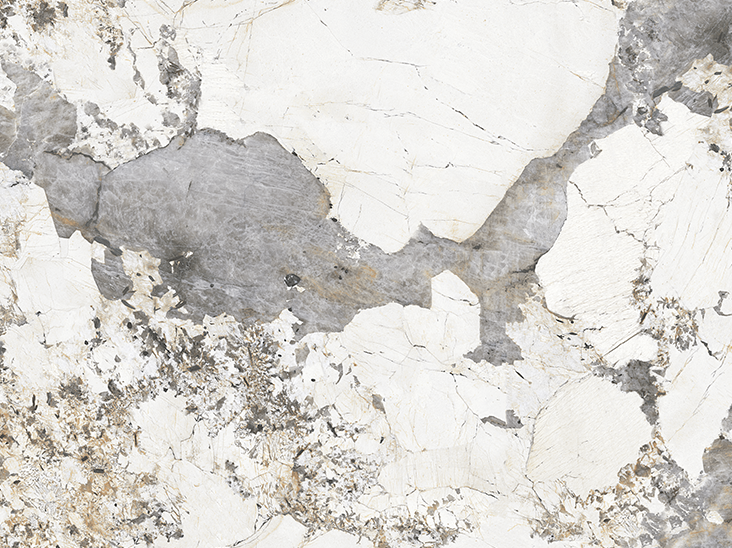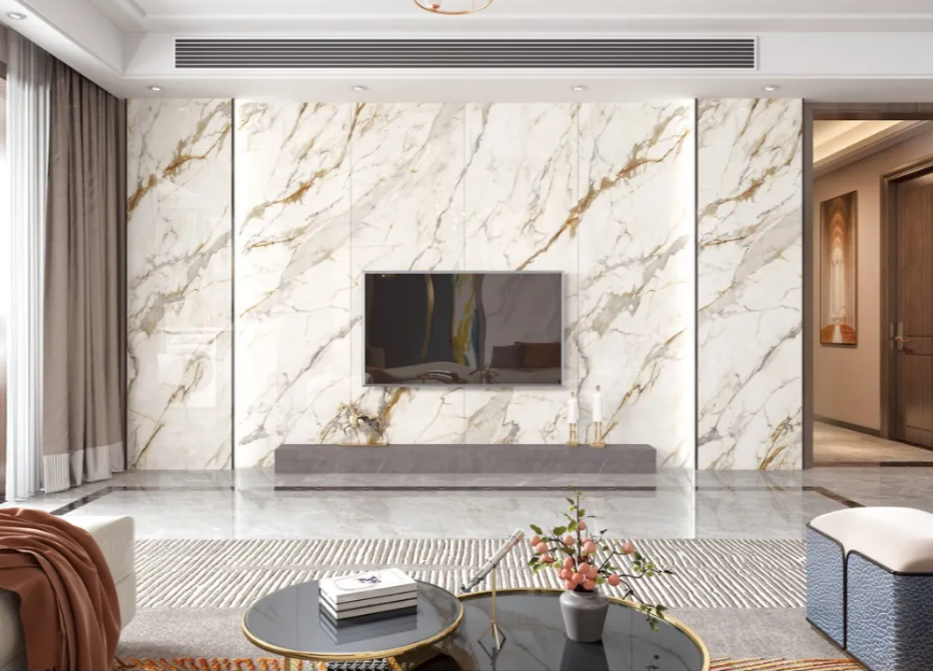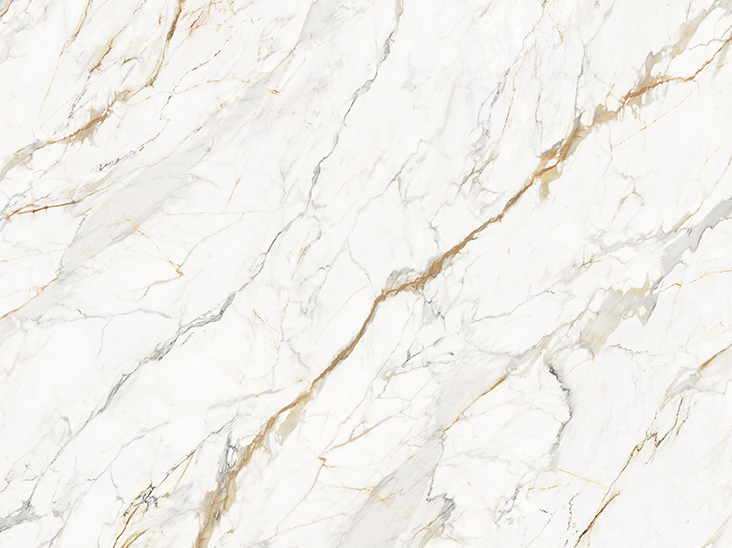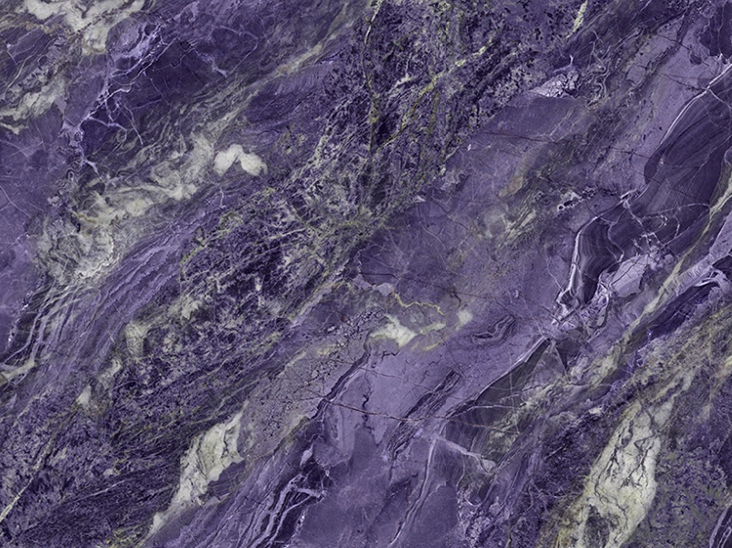
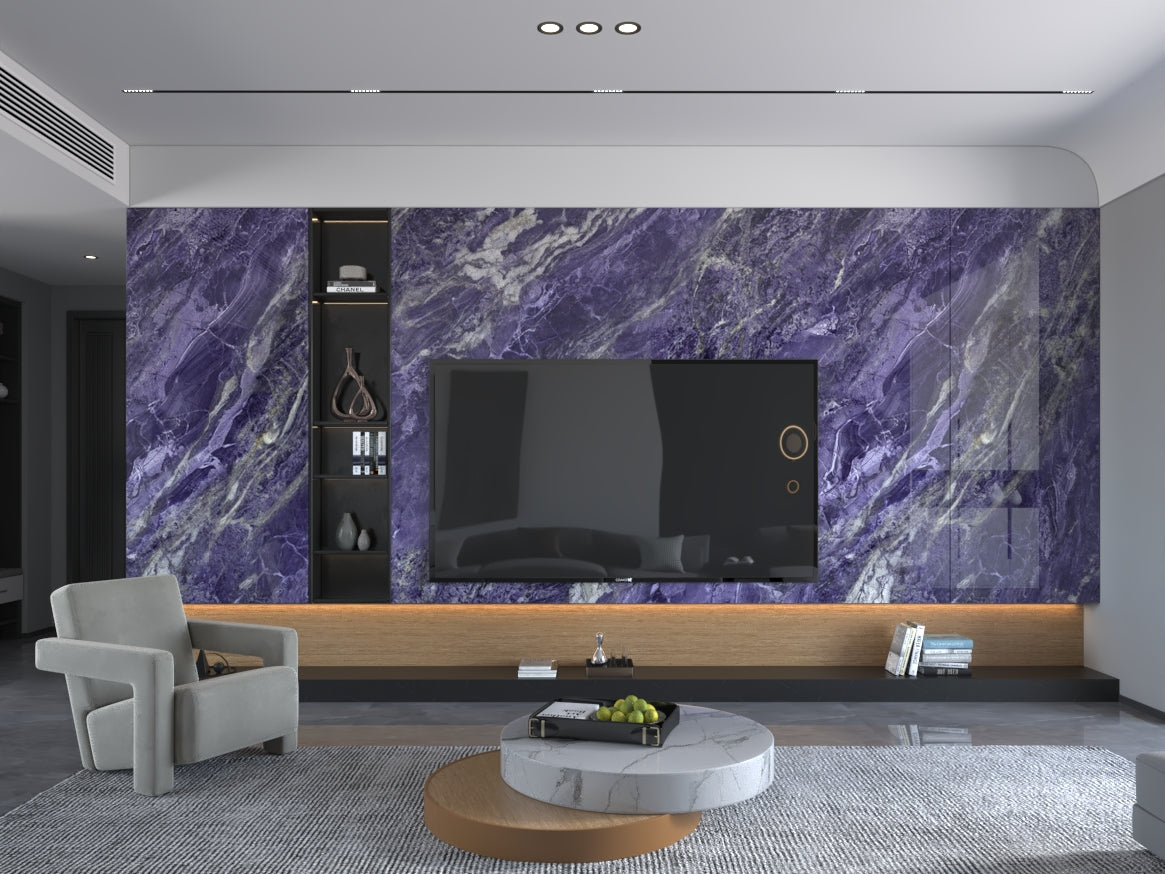
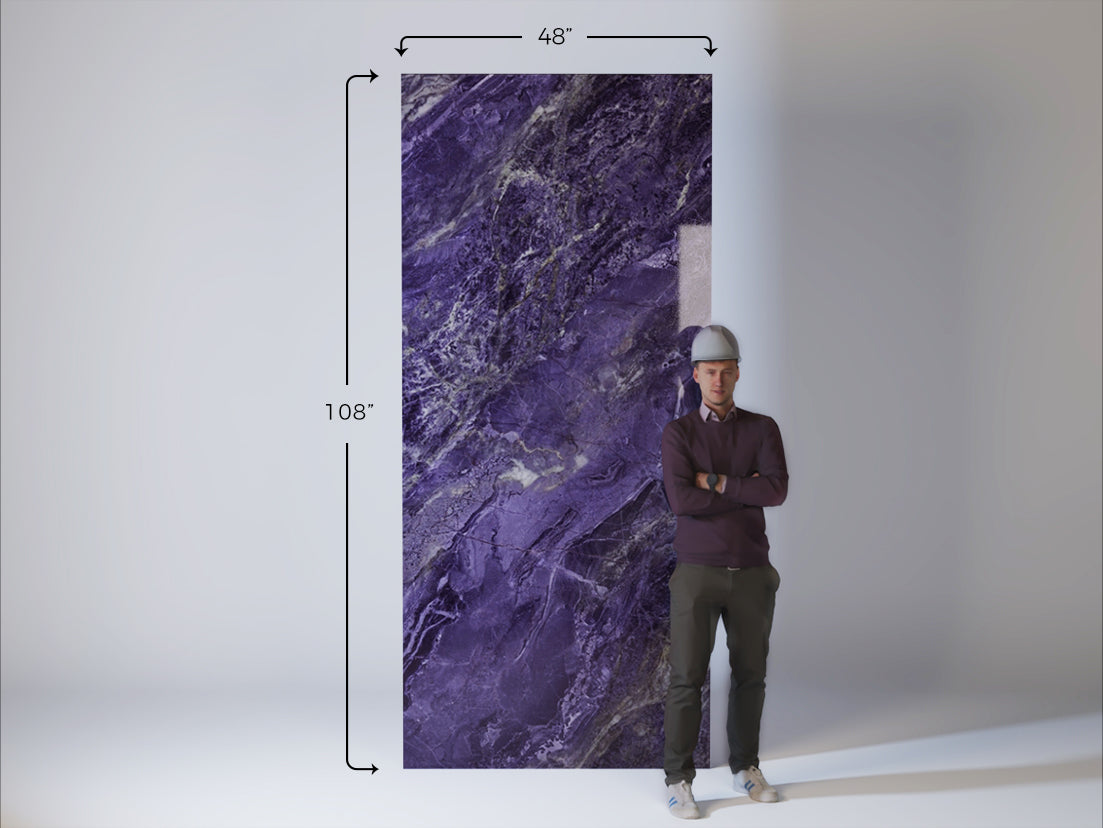

WALLSMARK
Sapphire Purple Marble Panel
$289.00
/
Tax included.
Shipping calculated at checkout.
GA-2912-15
The price for this product per Sheet 48"x 108" (36 SQ FT)
Dimensions: 4 ft. x 9 ft. (36 sq. ft.)
Experience the innovation of the Bamboo Charcoal Board, a versatile and durable wall decoration material that offers various styles, including marble, metal, wood, and more. These panels are visually appealing, easy to install, and heat-resistant, making them the perfect choice for elevating your living spaces. With effortless customization through heat shaping, your design vision becomes a reality. Unlike delicate porcelain slabs, our products are unbreakable, ensuring reliability for your interior design projects. Choose the Bamboo Charcoal Board for versatile, sustainable, and artistic interior transformations."
Product Features

Unbreakable
Because of the elastic properties that these boards possess, they are not breakable, like porcelain slabs, for example

Continuous Pattern
Despite the diverse variations present in these panels, their harmonious design gives the impression of a single unified panel without any seams.
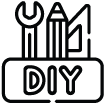
Versatile Processing
This versatile board enables creative expression by seamlessly accommodating techniques like drilling, sawing, nailing, planing, cementing, and jointing.

